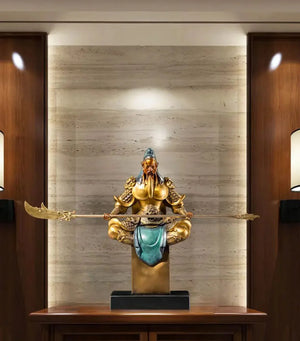
html
Chinese Copper Decorations: A Timeless Art Form
For centuries, Chinese copper decorations have captivated art enthusiasts and collectors worldwide. These exquisite pieces showcase the remarkable craftsmanship and cultural heritage of China, blending functionality with aesthetic beauty.
The History of Chinese Copper Art
The tradition of copper decoration in China dates back over 3,000 years to the Shang Dynasty. Ancient artisans mastered the art of casting and engraving copper, creating everything from ritual vessels to decorative items for imperial palaces.
During the Ming and Qing dynasties, copper craftsmanship reached new heights. Artisans developed sophisticated techniques like cloisonné (Jingtailan) and repoussé, producing intricate designs that often incorporated symbolic motifs from Chinese mythology and nature.
Characteristics of Chinese Copper Decorations
Keyword: Chinese copper decorations
Authentic Chinese copper decorations typically feature:
- Rich, warm patinas that develop over time
- Intricate engravings of dragons, phoenixes, and floral patterns
- Traditional Chinese symbols representing prosperity and good fortune
- A perfect balance between form and function
Modern Applications
Today, Chinese copper decorations continue to inspire contemporary designers. These timeless pieces can be found in:
- Luxury home interiors as statement wall art
- High-end furniture accents and hardware
- Jewelry and fashion accessories
- Public art installations
Preserving the Tradition
While modern manufacturing techniques have emerged, many artisans still practice traditional copper-working methods passed down through generations. These master craftsmen combine ancient techniques with contemporary designs, ensuring the art form remains vibrant and relevant.
Chinese copper decorations represent more than just beautiful objects – they embody China’s rich cultural history and the enduring value of skilled craftsmanship. Whether as collector’s items or decorative accents, these pieces continue to tell stories of China’s artistic legacy.
Leave a Reply